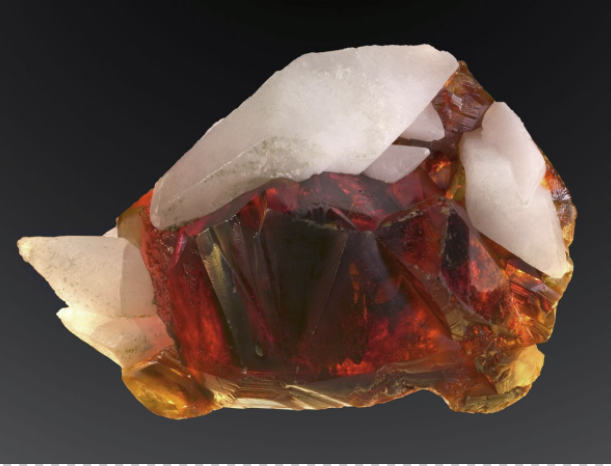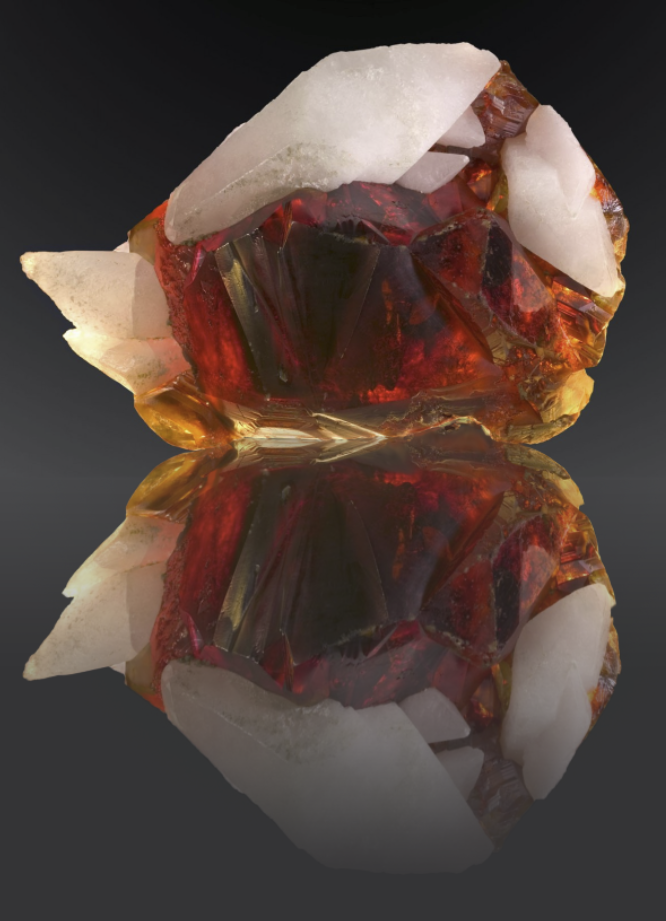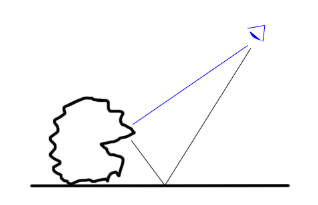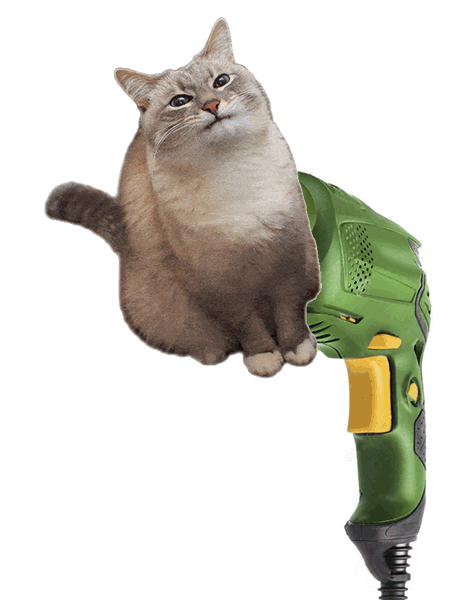Copy link to clipboard
Copied
Hi,
I would like to ask you for the advise about making a background for macro photography of minerals. Usually I do about 80 pictures of a sample and stack it to gain the most sharp image of the specimen. In the next step I crop the image and put a black background behind the image. But I would like to do it in different way. Is it possible to create backcground like the one on the picture in this link https://pxhere.com/cs/photo/599115 ? And if so, how? ![]() Thank you very much for any tips and advice
Thank you very much for any tips and advice
 1 Correct answer
1 Correct answer
I've always thought it can be a lot less straight forward that your average tutorial makes out, because the reflected object is as often as not going to have an uneven bottom edge, so simply flipping a copy of the image is going to leave all sorts of gaps and reflection errors. In fact I don't know of a fool proof solution, and would love to hear how some of the more experienced forum regulars approach it?
Minerals are likely to be a particular problem with the outline of this one being not unty
...Explore related tutorials & articles
Copy link to clipboard
Copied
Hi
Search Google for : Creating Reflections With Photoshop
Pierre
Copy link to clipboard
Copied
Thank you very much Pierre
Copy link to clipboard
Copied
I've always thought it can be a lot less straight forward that your average tutorial makes out, because the reflected object is as often as not going to have an uneven bottom edge, so simply flipping a copy of the image is going to leave all sorts of gaps and reflection errors. In fact I don't know of a fool proof solution, and would love to hear how some of the more experienced forum regulars approach it?
Minerals are likely to be a particular problem with the outline of this one being not untypical.

My less than perfect approach is to start by flipping a copy, and adding an inverted layer mask to the 'reflection'. Then unlink the layer mask so you can _try_ and warp the reflection into alignment. Of course, warp is not going to cut it with so ragged a bottom edge, and Liquify on a Smart Object of the reflection is not going to make a great job.
My next approach is to use the Clone tool flipped vertically in the Clone Source panel. You have to continually move the sample point to get the offset 'about' right.

It is still a long way from perfect, and we don't know how far from the reflecting surface those concave elements are. We would see a reflection of what lies 'beneath' that part of the curve that we can see directly, whereas to some extent, I have tried to interpret the object as if it had been sliced perfectly sliced through horizontally, and was sitting completely flush to the reflecting surface. It's an interesting problem.

Copy link to clipboard
Copied
It's a pretty good job that Trevor, but a reflection of a close up object is one of those situations where doing it in camera will be far more effective than trying to do it in Photoshop.
Distant objects are easier as the difference between the flipped view and the straight view is not large - hence many tutorials show reflections of distant objects in water. It also gets harder as the camera gets higher.
The issue - as nicely demonstrated in your example, is that the reflection looks up at the object and reveals detail that is not there in the slightly downward looking real image.

So the preferred choices would be:
1. Photograph the image with the reflection (it is much easier to eliminate later than to make it later)
2. Take two images one for the image and a second for the reflection from a "lower angle" which could also be achieved by tilting the object (but watch the lighting) - then combine them.
3. As Trevor showed lots of painting and cloning
Dave
Copy link to clipboard
Copied
Bert Monroy uses Illustrator to generate guidelines as to where things should fall with his super high res illustrations. Least ways, I have read him describe that approach for making sure he places shadows in the right spot, and it feels right that he would do the same for reflections.
I have a sheet of acrylic I use for photographing product shots with reflections, although it is a nightmare trying to keep static, and the dust it attracts, under control. That's something else I'd like to hear people's secret solutions to. Hmmm... Now I come to think about it, I keep it sandwiched between two sheets of foam board when not in use, to prevent it getting scratched, and short of putting one of my cats in a drill to polish it, there can't be many better ways to maximise the sheet's static charge.

Copy link to clipboard
Copied
Yes
A glossy single surface such as acrylic is better than glass because , of course, glass has two reflecting surfaces. I've not tried the cat polishing method though ![]()
Dave
